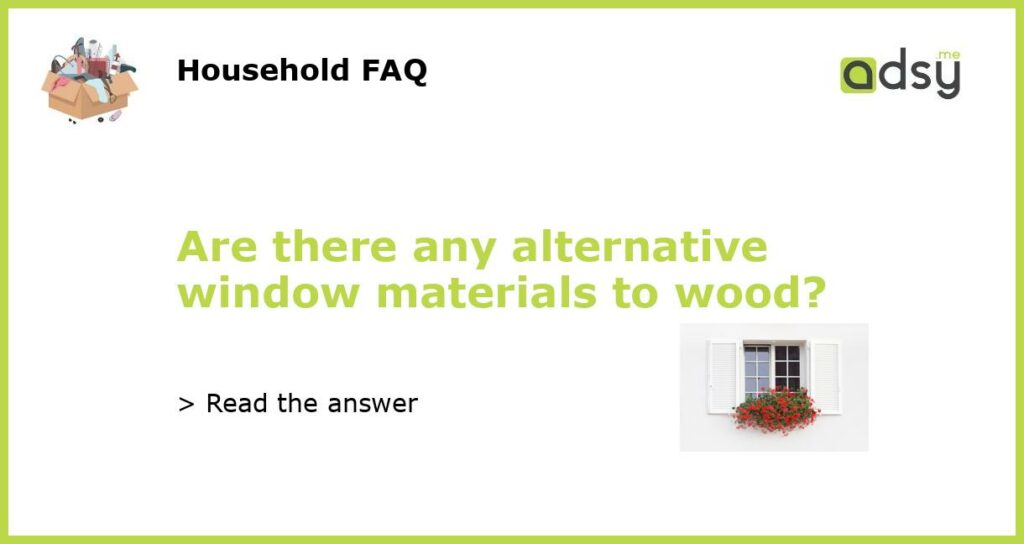The popularity and drawbacks of wood windows
Wood has been a traditional and popular choice for window frames for centuries. Its natural aesthetic appeal, durability, and insulating properties have made it a go-to option for homeowners. However, wood windows are not without their drawbacks.
One major drawback is the high maintenance required to keep wood windows in good condition. They need regular painting or staining to protect them from the elements and prevent rotting or warping. Additionally, wood windows are susceptible to termite infestations, which can cause significant damage and require costly repairs.
Furthermore, wood windows can be expensive compared to other materials. The cost of the wood itself, combined with the craftsmanship required for installation, can make wood windows a significant investment.
Vinyl windows: a durable and low-maintenance alternative
Vinyl windows have gained popularity as an alternative to wood windows. They are made from polyvinyl chloride (PVC), a highly durable and weather-resistant material. Unlike wood, vinyl windows do not require painting or staining, making them low-maintenance.
Vinyl windows also offer excellent thermal insulation properties. They can help keep your home cool in the summer and warm in the winter, potentially reducing energy costs. Additionally, vinyl windows are resistant to rotting, cracking, and termite damage.
Aluminum windows: a sleek and modern option
Aluminum windows are another alternative to wood windows. They are known for their sleek and modern look, making them a popular choice for contemporary homes or commercial buildings.
Aluminum is a lightweight material that requires minimal maintenance. It is resistant to rust and corrosion, making it suitable for coastal areas or regions with humid climates. However, aluminum is not as insulating as wood or vinyl, so additional measures may need to be taken to improve energy efficiency.
One potential drawback of aluminum windows is their tendency to conduct heat. In extreme weather conditions, aluminum frames can become hot or cold to the touch, potentially affecting indoor comfort levels.
Fiberglass windows: a versatile and energy-efficient option
Fiberglass windows are a relatively newer alternative to wood windows. They are made from reinforced glass fibers and resin, resulting in a durable and versatile material.
Fiberglass windows offer excellent insulation properties and can be more energy-efficient than wood or aluminum windows. They are also resistant to warping, rotting, and expanding or contracting due to temperature changes. Fiberglass is a low-maintenance material that does not require painting or staining.
One potential drawback of fiberglass windows is their higher cost compared to other materials. The manufacturing process and the quality of fiberglass used can contribute to their higher price. However, the long lifespan and energy efficiency of fiberglass windows may offset this initial investment in the long run.
Composite windows: the best of both worlds
Composite windows offer a combination of different materials, typically combining wood and another material such as vinyl or fiberglass. This combination results in windows that offer the beauty of wood on the interior while providing the durability and low-maintenance benefits of the secondary material on the exterior.
Composite windows can be a great option for homeowners who want the aesthetic appeal of wood without the maintenance concerns. They are resistant to rotting, warping, and termite damage, making them a long-lasting and cost-effective choice.
However, it’s important to note that composite windows can be more expensive than other alternatives due to their unique construction. Additionally, the quality and performance of composite windows can vary depending on the specific materials used.






